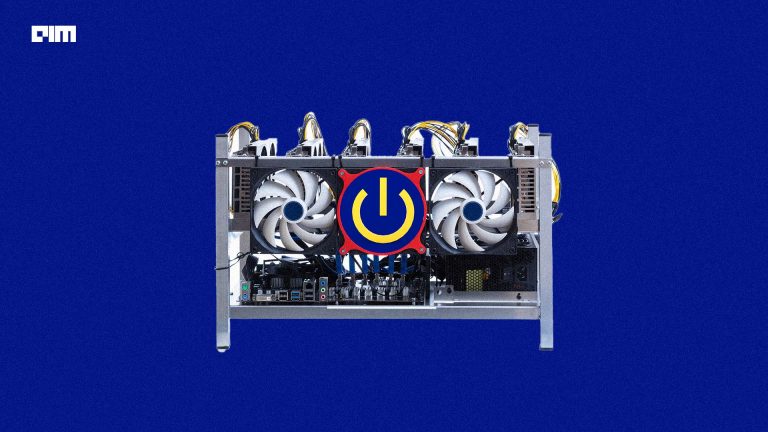The mandated lockdown by the government and the increasing shift towards remote working has created a significant surge in the data centre market. According to a recent report, the data centre market in Southeast Asia is expected to grow at a CAGR of over 6% during the period 2019–2025. The report also noted some other key factors contributing to the growth of the data centre market, such as the deployment of 5G and increasing adoption of big data and IoT.
This rising demand in data centre services has created the need for companies to keep data centres functioning and in operation amid lockdown, with fewer on-site personnel and increased reliance on VPN and remote-access tools and systems. The inability to maintain these data centres could potentially result in massive downtime, which in turn, could hit the business’s bottom-line hard.
To better understand how the lockdown is going to impact the data centre market and how business can maintain and manage data centres remotely with third party maintenance, we connected with Ian Shearer, the managing director of APAC region at Park Place Technologies.
Here are excerpts from the interaction —
Can you share your views on the potential Indian market for third-party maintenance? Also, what are the requirements for organisations to maintain and manage data centres remotely?
According to reports, Asia’s share of the global spend on IT hardware has made up around 40% of the total spend in recent years. India has been the third-largest market in the region, after China and Japan. With its massive population, burgeoning middle class and economic growth outpacing most western markets, India’s IT sector is well-positioned for further rapid growth. However, despite these fundamentals and scale, it seems that adoption of third-party maintenance (TPM) as an essential tool in every CIO’s kit bag has been slower in India than in other areas of the world.
In part, this may have been due to a lack of presence and focus on the India market of global TPM companies. We, at Park Place Technologies (PPT), have been working to address this in recent years, where we are aiming to grow into the Indian market to build our capabilities and infrastructure across the country. We offer our market-leading global support services to Indian clients, allowing them to leverage benefits provided by TPM.
Companies, in today’s era, are progressing towards modern and increasingly software-defined data centres, and are therefore looking for simplified management. Companies are evolving with the data centres that can integrate cloud, co-location and on-premise hardware across many OEMs. Globally, streamlining and centralising remote maintenance is crucial. Moreover, consolidation plays a critical role when OEMs do not want to cover another OEM’s hardware, and that is when a TPM is the solution for companies that can help them to consolidate and report across OEMs. TPM solutions can organise a potentially chaotic situation through a ‘single pane of glass’ status view and automated remote monitoring.
The current COVID-19 lockdown situation has highlighted the need for advanced remote tools and management of IT infrastructure to facilitate continued uptime, which will allow businesses to continue their operation. However, post the pandemic, the world will need considerable savings, greater flexibility, and life cycle extension possibilities, offered by TPM, which will help companies navigate the potentially challenging economic environment ahead.
How can Indian companies maximise their investment and drive costs down, and extend asset life of their data centres during this lockdown?
Businesses can rely on TPM companies, which can provide them with significant opportunities to drive down costs and improve on their return on investment to organisations in India. Typically, TPM solutions are 40-50% cheaper than the OEM’s for the same or often better services; they offer further administrative and overhead savings through consolidation of multiple vendor contracts and renewals into a single agreement. Flexible contracts offer the ability for customers to add and remove equipment at any time. A greater range of Service Level Agreements (SLAs) also provide clients with the ability to up/downgrade their services to meet the changing needs of the organisation and offer greater flexibility to react to the changing environment they are operating in.
TPM’s provide an alternative to the OEM’s product lifecycle and the pressure to refresh technology. They offer continuity of support up to and beyond manufacturer End Of Service Life (EOSL) dates. This provides organisations with the opportunity to manage their IT infrastructures to their own needs and timetable, defer capital expenditure, ‘sweat assets’ for longer and significantly increase ROI.
“The post COVID world will need considerable savings, greater flexibility and life cycle extension possibilities, which are offered by TPM, which will help companies navigate the potentially challenging economic environment ahead.” – Ian Shearer, MD – APAC at Park Place Technologies
With the rising demand in the data centre services, what are the challenges companies are facing while fulfilling the demand amid this lockdown?
The COVID-19 crisis has ripple effects on the data centre market. It has also created a surge in the requirements of bandwidth for mobile and home broadband networks. This, in turn, has created the requirement for the networks to carry higher loads for longer periods than previously experienced. The net result has been a reduction in performance as usage has increased for work, education and entertainment. Telecom operators and the government have been working to ensure that networks remain up and any lags are being addressed. However, as the lockdown continues, even operators cannot rule out reduced speeds or congestions.
While the external issue of the usage and load on the ISP networks are significant factors for staff to work from home effectively, the ability of organisations to monitor usage proactively, predict and identify issues, manage, and optimise capabilities of their network infrastructure in data centres across India and beyond is also critical.
How is Park Place simplifying the management of complex hybrid environments?
Multi-vendor capabilities are key to Park Place’s ability to offer customers a more unified and therefore simplified solution for managing complex data centre infrastructures, in a range of environments. Typically OEM’s only offer services for maintaining and managing their technology, and if they offer monitoring tools, it will only be for their equipment. Therefore, multiple OEM technologies for servers, storage, and networking means multi suppliers, contracts, tools, skill sets, invoices, points of contact, and management overhead.
Park Place offers multi-vendor monitoring solution and support, with the ability to have a single dashboard for businesses to monitor all the assets in their IT infrastructure in any location and environment of operation — whether that be multi-geo, on-premise, collocated or even in the cloud. The integration and automation of the predictive and reactive fault detection with Park Place’s ticket management system greatly improves both the speed by 31% faster mean time to repair and accuracy by 97% with first-time fix rate of resolution. Alongside, it also reduces the interactions needed between the customer and Park Place from the eight touchpoints — from faults logging to gathering information and triage to the engineering process and parts dispatch — to just two points of contact.
We have also invested heavily in developing digital platforms, such as customer portal and mobile app and e-services, to provide a single dashboard view of the state of the IT infrastructure with real-time receipt of updates on the progress of calls. The portal also allows the management to have access to service and SLA reporting.



















































































